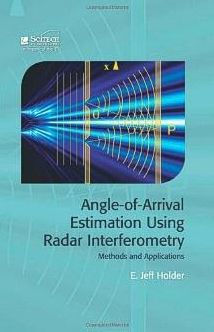5
1

Angle-of-Arrival Estimation Using Radar Interferometry: Methods and applications
360
Angle-of-Arrival Estimation Using Radar Interferometry: Methods and applications
360Hardcover
$165.00
165.0
In Stock

Product Details
| ISBN-13: | 9781613531846 |
|---|---|
| Publisher: | The Institution of Engineering and Technology |
| Publication date: | 12/20/2013 |
| Series: | Radar, Sonar and Navigation |
| Pages: | 360 |
| Product dimensions: | 6.00(w) x 9.20(h) x 1.10(d) |
About the Author
From the B&N Reads Blog
